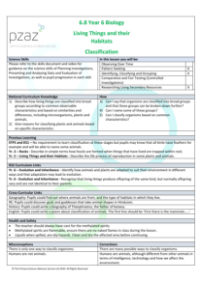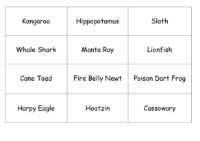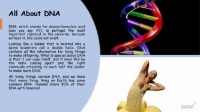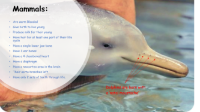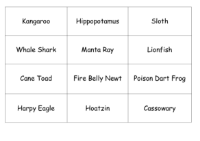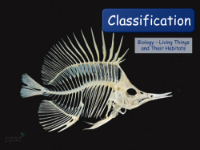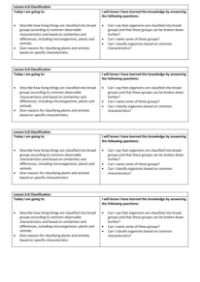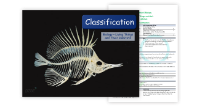Classification - Teacher Explanation

Science Resource Description
Welcome to lesson 6.8 on classification, a key part of the Year 6 curriculum within the unit on living things and their habitats. This lesson aims to equip pupils with the ability to classify living organisms into broad groups based on common observable characteristics and similarities and differences. This includes a diverse range of life forms such as microorganisms, plants, and animals. It is important to note that methylated spirits, an alcohol used in this lesson, is flammable and requires careful handling to ensure safety. Teachers must ensure there are no open flames during the lesson and that any spills are quickly cleaned up to prevent slip hazards. The lesson offers rich cross-curricular opportunities, allowing pupils to explore geography, religious education, history, and even poetry through the lens of animal classification.
During the class, pupils will engage in a practical activity to understand classification by sorting various types of shoes into categories using a classification tree. They will create a key based on yes/no questions to identify individual characteristics of the shoes, mirroring the scientific method used to classify living organisms. Later, they will apply this understanding to classify animals and plants using organism cards, discussing the defining features of different groups such as mammals and birds. Additionally, a fascinating experiment is conducted to extract DNA from strawberries, providing a hands-on experience of the molecular commonalities shared by all living things. This experiment underscores the concept of a shared ancestry among diverse life forms and introduces the significance of DNA as the blueprint for inheritance and evolution. Finally, the lesson concludes with tasks that challenge pupils to classify animals as mammals and to explore the classification of humans as primates, fostering critical thinking and an appreciation for the complexity of life on Earth.
